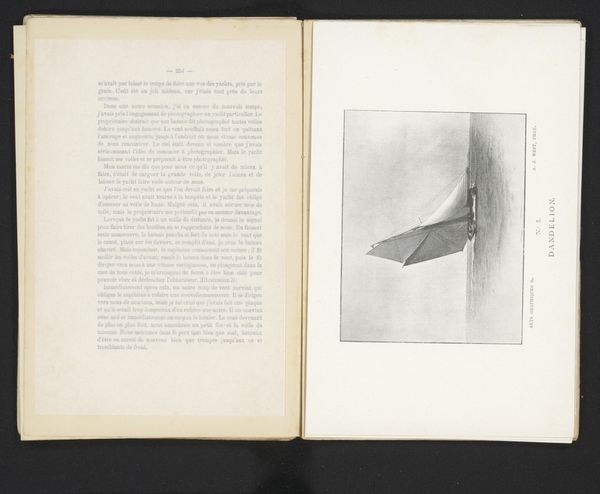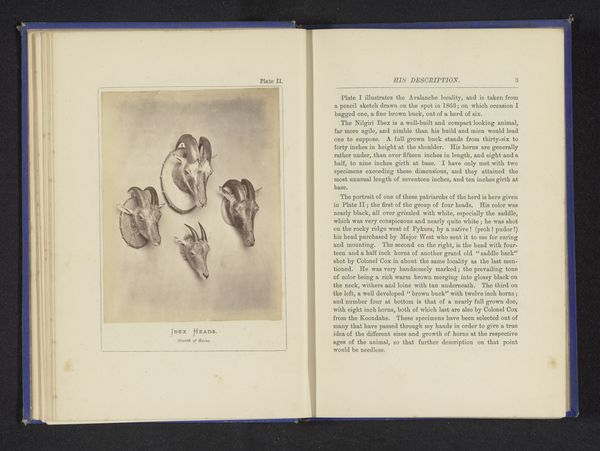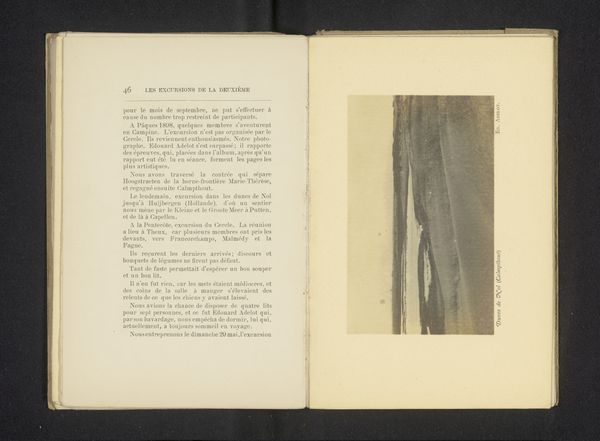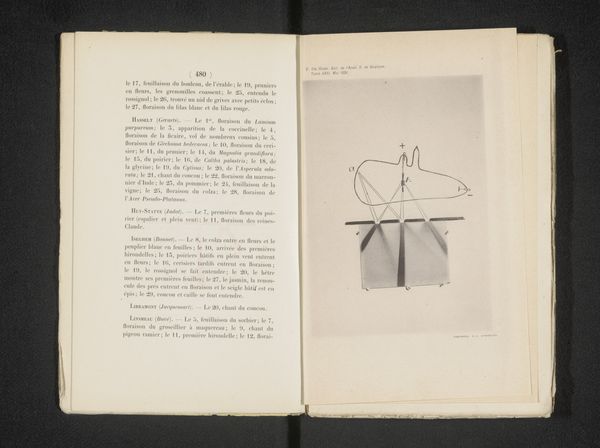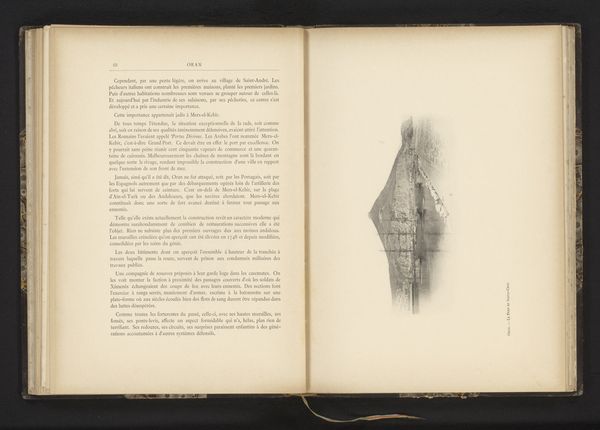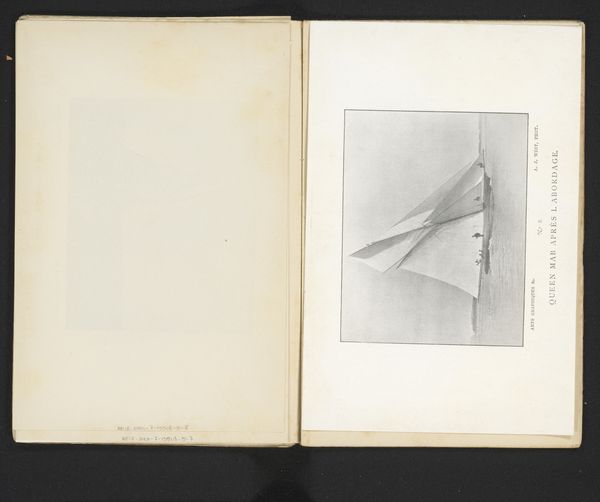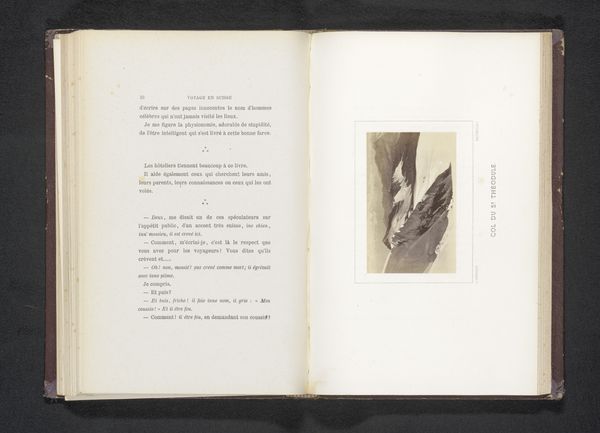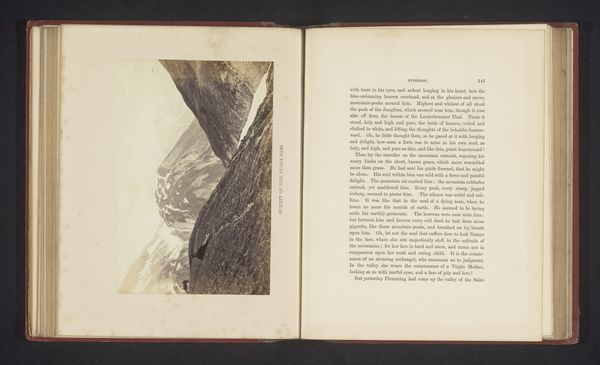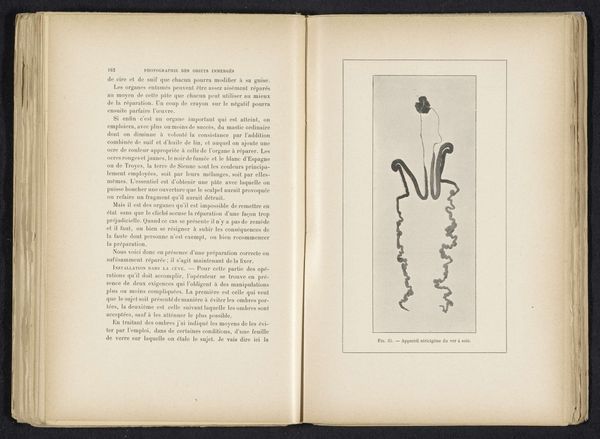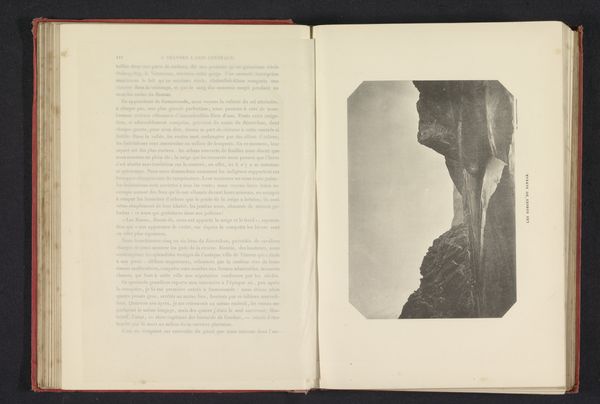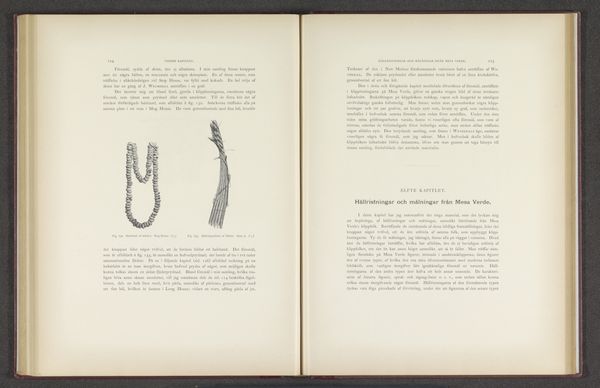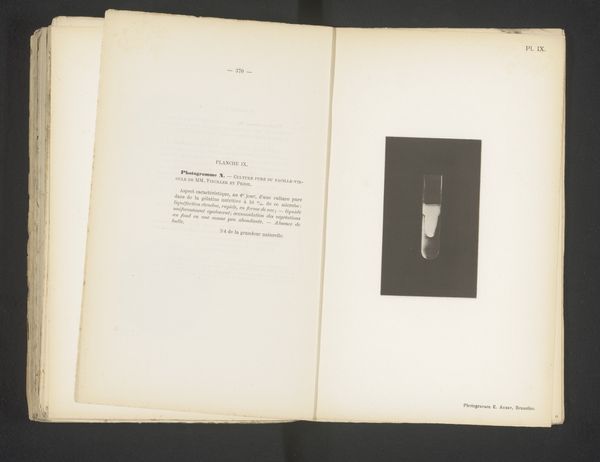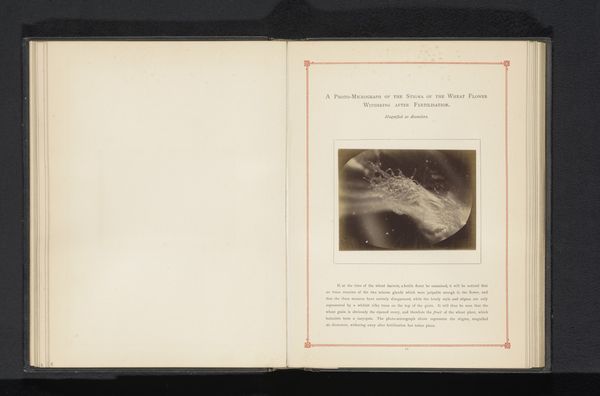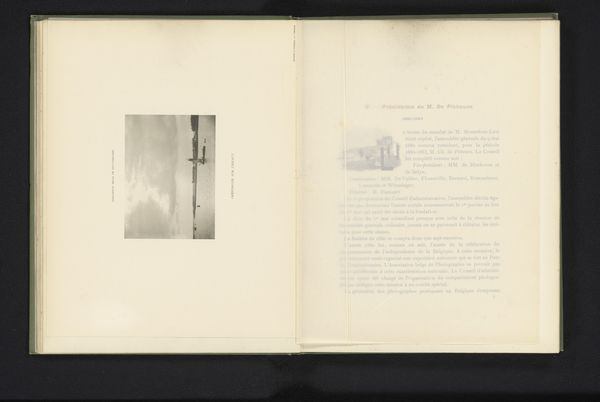
Dimensions: height 181 mm, width 120 mm
Copyright: Rijks Museum: Open Domain
Editor: So, here we have Albert Londe's "Röntgenfoto van een bot van een fazant," or "X-ray of a Pheasant Bone," made sometime before 1896, it's a gelatin-silver print. It’s fascinating, and somewhat unsettling to look at – the fragility, almost alien quality of this bird's skeleton laid bare. What strikes you most when you look at this, and how does it relate to art history? Curator: It whispers secrets, doesn't it? This skeletal bird, it is as much about science’s dance with the invisible as it is about death itself, maybe. It also winks at the macabre in art traditions—*memento mori* symbolism, where objects remind us of our mortality. Does seeing death portrayed this way—coldly scientific yet evocative—make you reconsider mortality's representation in earlier paintings or literature? Does its plain presentation add to that sense of inevitable finality? Editor: I suppose it does. Seeing the bone like this makes death less romanticized. More factual. Do you think that makes it lose some of its artistic value then? Curator: Lose value? Quite the opposite, maybe. Instead of a symbolic skull, we see an x-ray photograph of an actual creature's skeletal remains—there’s a certain undeniable *authenticity* there that many artists would kill for. In any event, there's undeniable art inherent in that decision to take such a photograph in the first place! This image makes you consider how humans seek knowledge in a constantly progressing scientific era and artistic inspiration, like that, is very real. Editor: I didn't think of it that way before, seeing it as a part of progress rather than just as memento mori! Thank you.
Comments
No comments
Be the first to comment and join the conversation on the ultimate creative platform.
